We grew up in England—which, as everyone knows, isn’t exactly known for its tropical weather. When we went camping as kids in flimsy pop-up tents, you’d feel every bit of the chill. Sleeping fully clothed, coat on, inside a sleeping bag, plus a blanket on top? Yep, that was a regular occurrence.
So when we went glamping for the first time, I was genuinely blown away by how different the experience was. It sounds simple, but the type of tent really matters. From that moment, we knew we couldn’t go back to regular camping. A bell tent changed everything.
🔥 Why Bell Tents Stay So Warm (Even in British Weather)
Bell tents are becoming increasingly popular for glampers in the UK—and for good reason. The way they’re designed and the materials used help them hold heat exceptionally well, making them surprisingly warm and cosy, even when temperatures drop.
We’ve used ours across several UK glamping trips—from the Lakes to Cornwall—and here’s what we’ve found that makes the biggest difference:
Materials & Natural Insulation
Bell tents are typically made from durable and breathable materials such as cotton canvas or polyester-cotton blends. Cotton canvas, in particular, is known for its excellent insulation properties, as it helps regulate temperature by trapping warm air inside during cooler weather and allowing for ventilation in hot conditions.
Our current preference is our pure cotton canvas bell tent, and the insulation is noticeably better than the polyester tents we used to have.

The fabric traps warm air and breathes well too. That means you won’t get stuffy in summer, but you’ll stay toasty in cooler months. The thicker the canvas, the better the insulation—so if warmth is a priority, go for 285GSM or higher.
Stove Compatibility:
One of the best features we discovered is the ability to use a wood-burning stove safely inside our bell tent.
Many bell tents are designed with stove compatibility, allowing for the safe use of wood-burning stoves or heaters inside the tent. When used with a stove, the interior of the bell tent can quickly become warm and inviting, making it a perfect choice for winter camping or chilly evenings.

Stove jack openings in the roof or sidewall of the tent allow for the safe passage of stove pipes, directing the smoke outside while retaining the heat generated by the stove inside the tent. This feature is especially beneficial for maintaining a cosy atmosphere during colder weather, as it ensures that the tent remains comfortably warm.

Just make sure:
• Your tent has a fire-retardant stove jack (our Fire Cotton tents do!)
• You follow safety guidelines and never leave a stove unattended
• You make sure ALL the smoke is being correctly channeled out of the tent.
Proper Ventilation:
Good insulation is vital, but so is airflow. our Bell Tenst come with zipped windows and air vents, which help prevent condensation.
💡 Pro tip: Open the top vents during cooking or when using a heater. It’ll help regulate moisture without losing too much warmth.

In summer, that same ventilation makes the tent feel airy and cool—ideal for warmer UK glamping spots like Devon or Dorset.
Weather Conditions:
Bell tents are ideal for spring to autumn in the UK. With a good groundsheet, quality canvas, and heating options, they’re comfortable down to about 0°C.
However, in harsh winter conditions (snow or sub-zero temps), extra preparation is needed:
• Thermal linings or double-layer inner tents
• High-tog sleeping bags (we use 4-season bags rated to -5°C)
• Thick rugs or carpet inside to block ground chill
🏕 Is a Bell Tent Worth It for Cold-Weather Glamping?
Absolutely—especially in the UK. With the right setup, you’ll get a warm, homely atmosphere inside the tent that completely transforms your camping experience.
🌿 Whether you’re glamping in spring or relaxing under the stars in early autumn, a well-equipped bell tent makes every trip more comfortable.
So! If you’re fed up with shivering in a nylon tent, and you are looking for a bell tent for sale You're in the right place! From the materials to the heating options, everything about them is geared toward keeping you warm and snug—just what you need for the unpredictable UK weather.
Let us know your own bell tent experiences—especially if you’ve braved winter camping! Got questions? Reach out to our expert support team today.


 Canvas Bell Tents
Canvas Bell Tents Bell Tent Accessories
Bell Tent Accessories
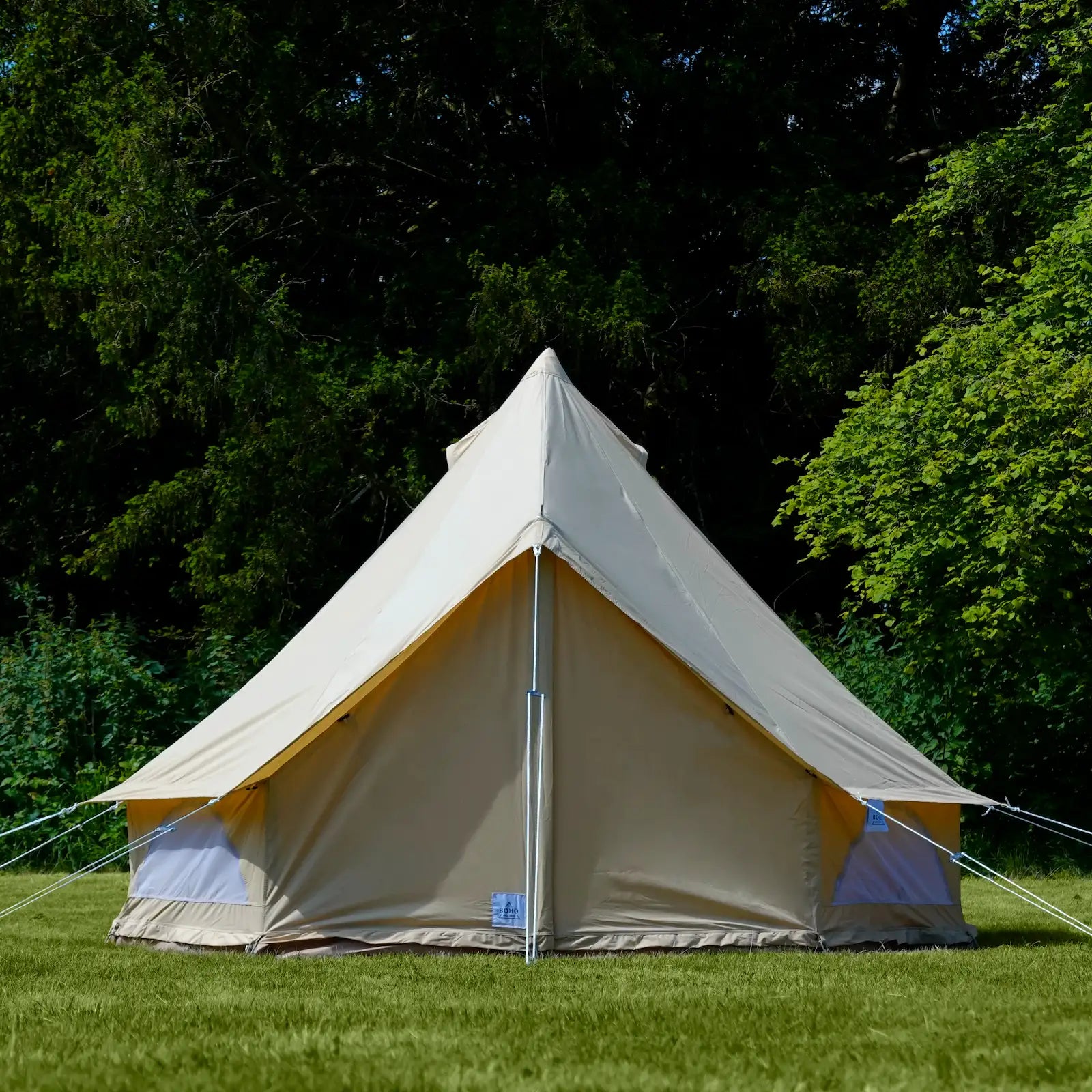
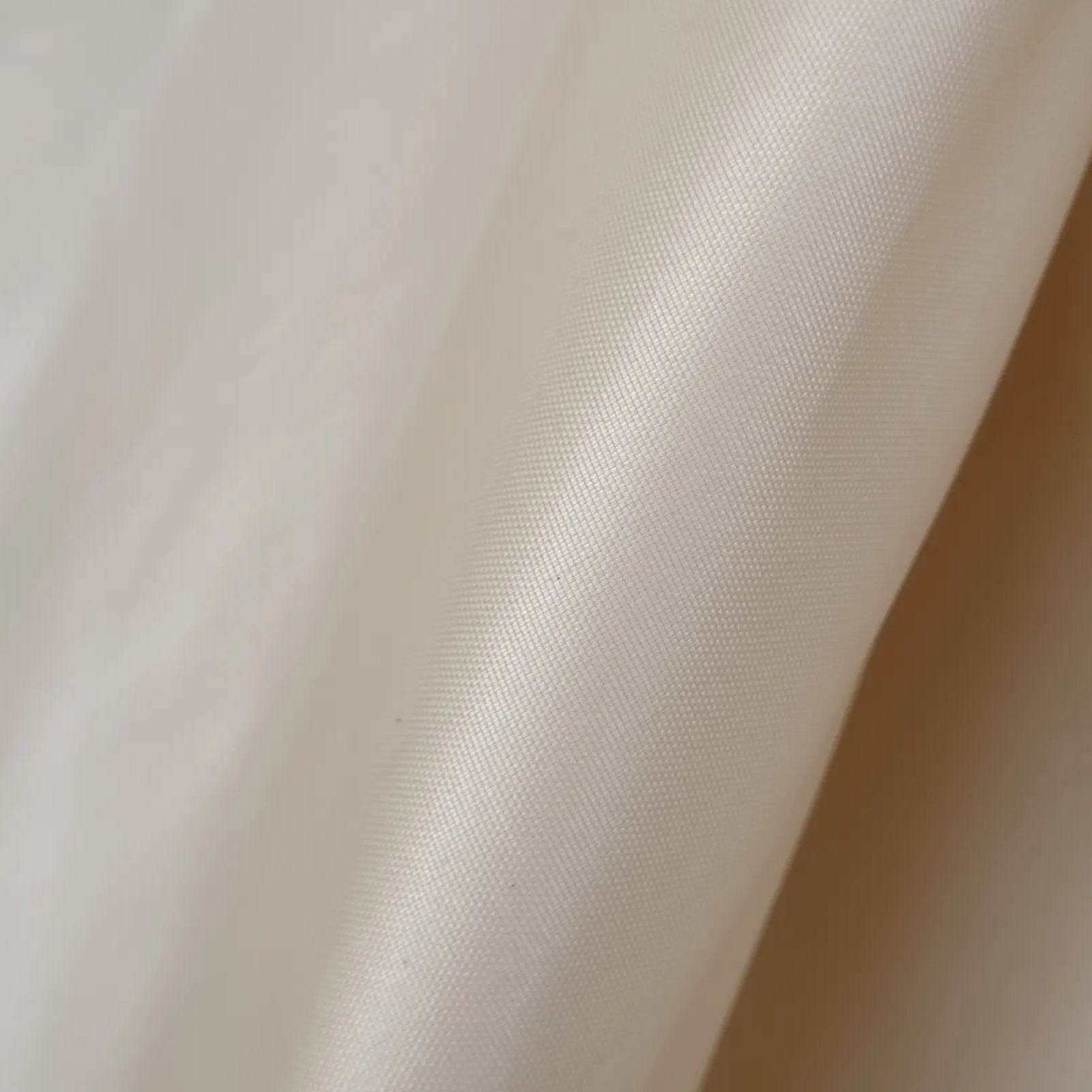
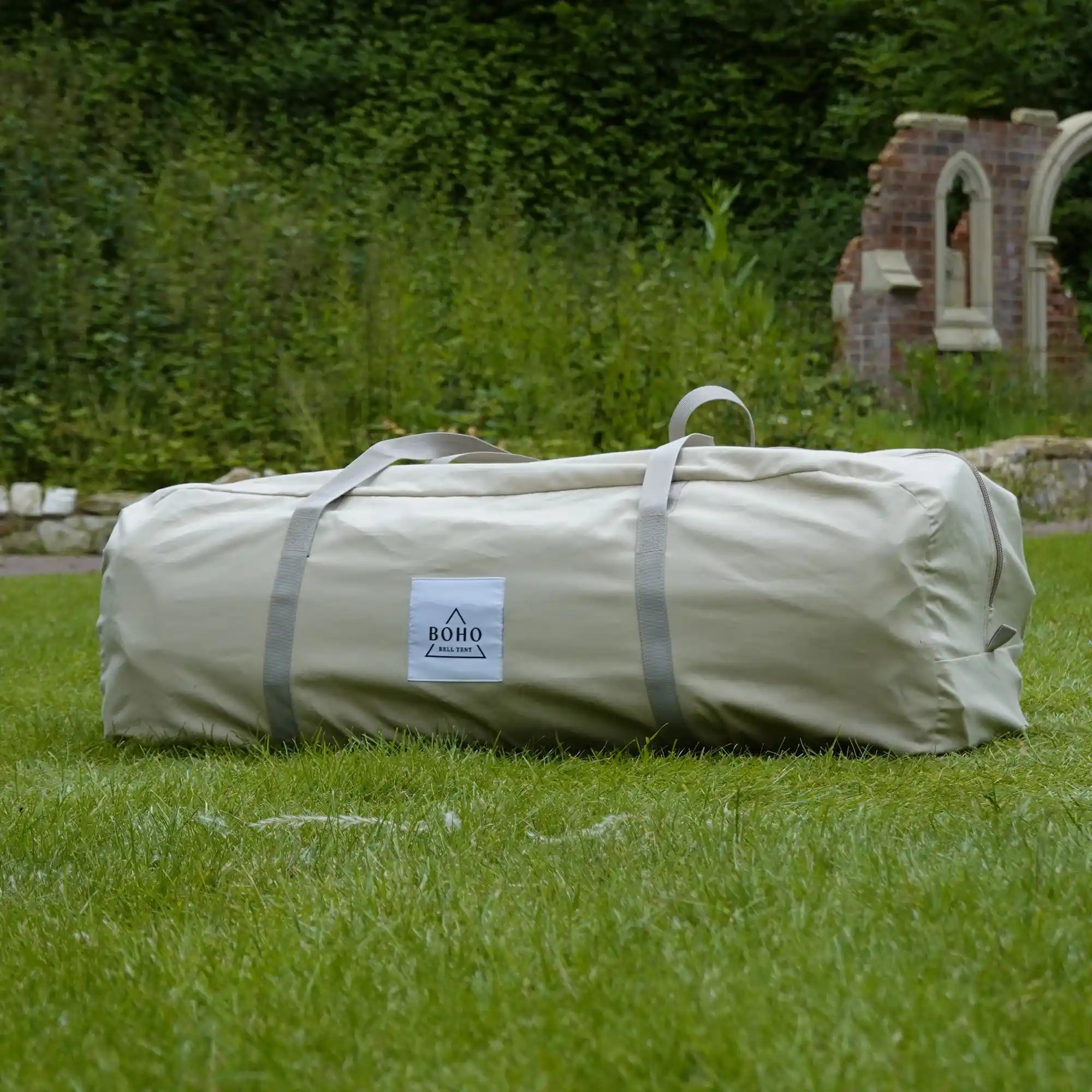
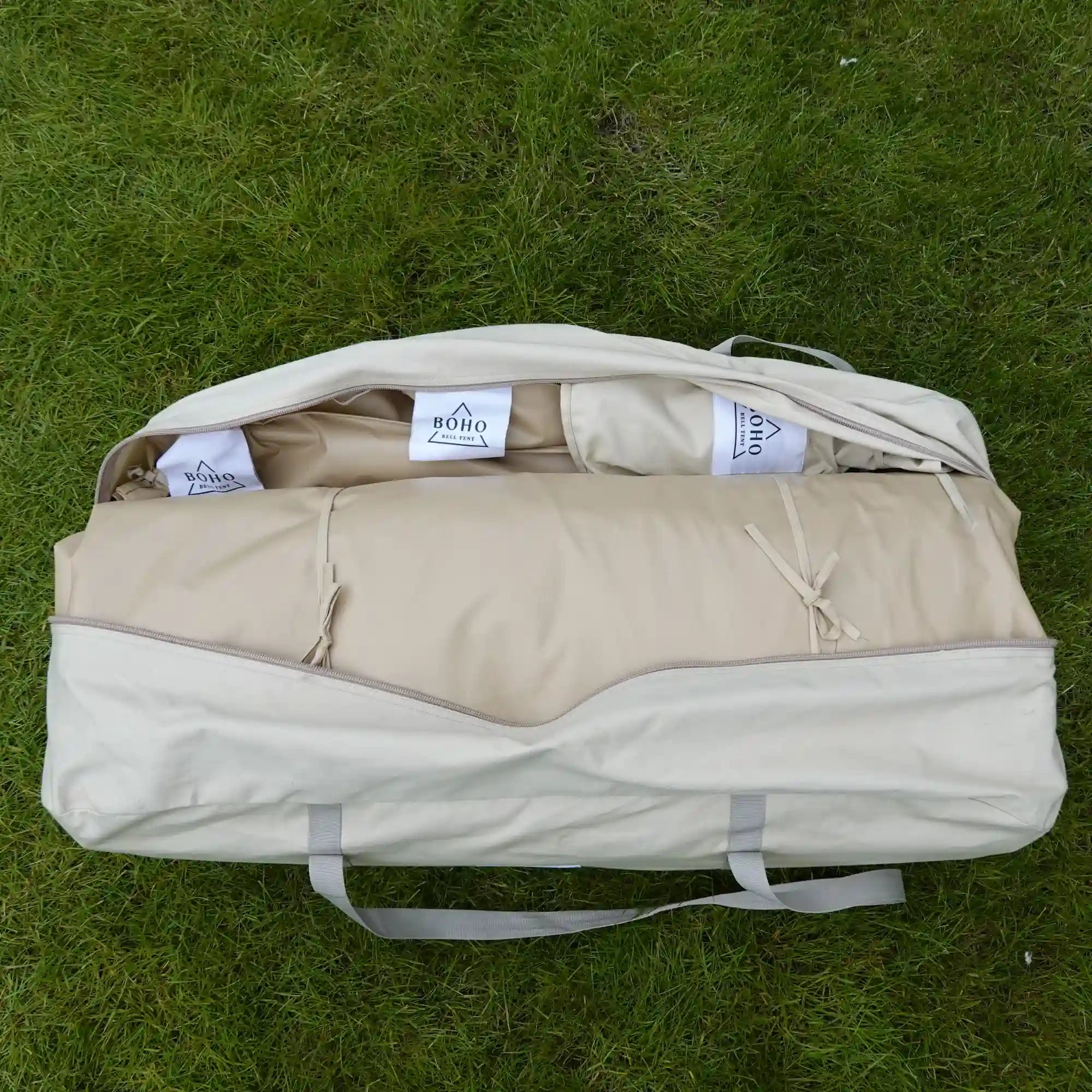
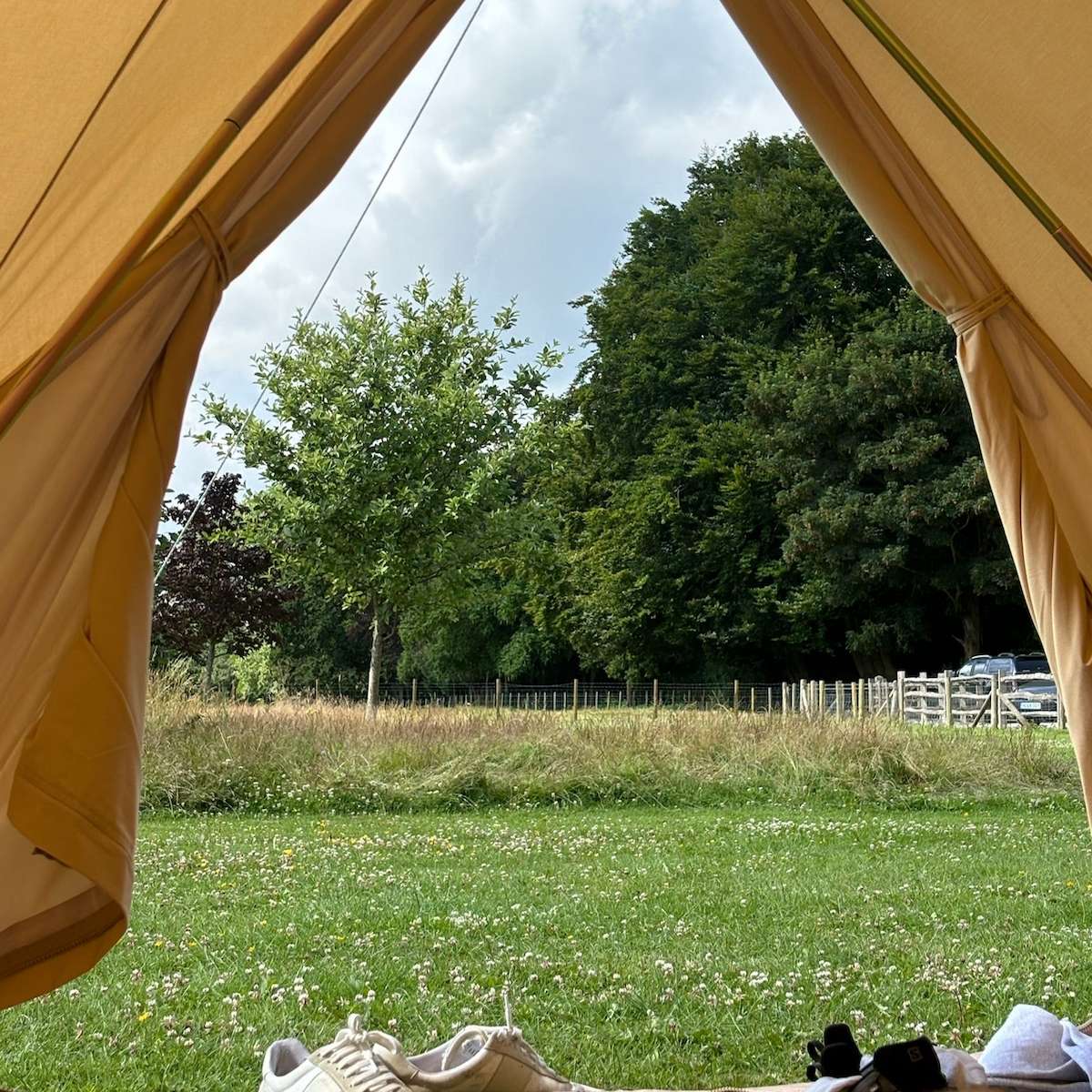
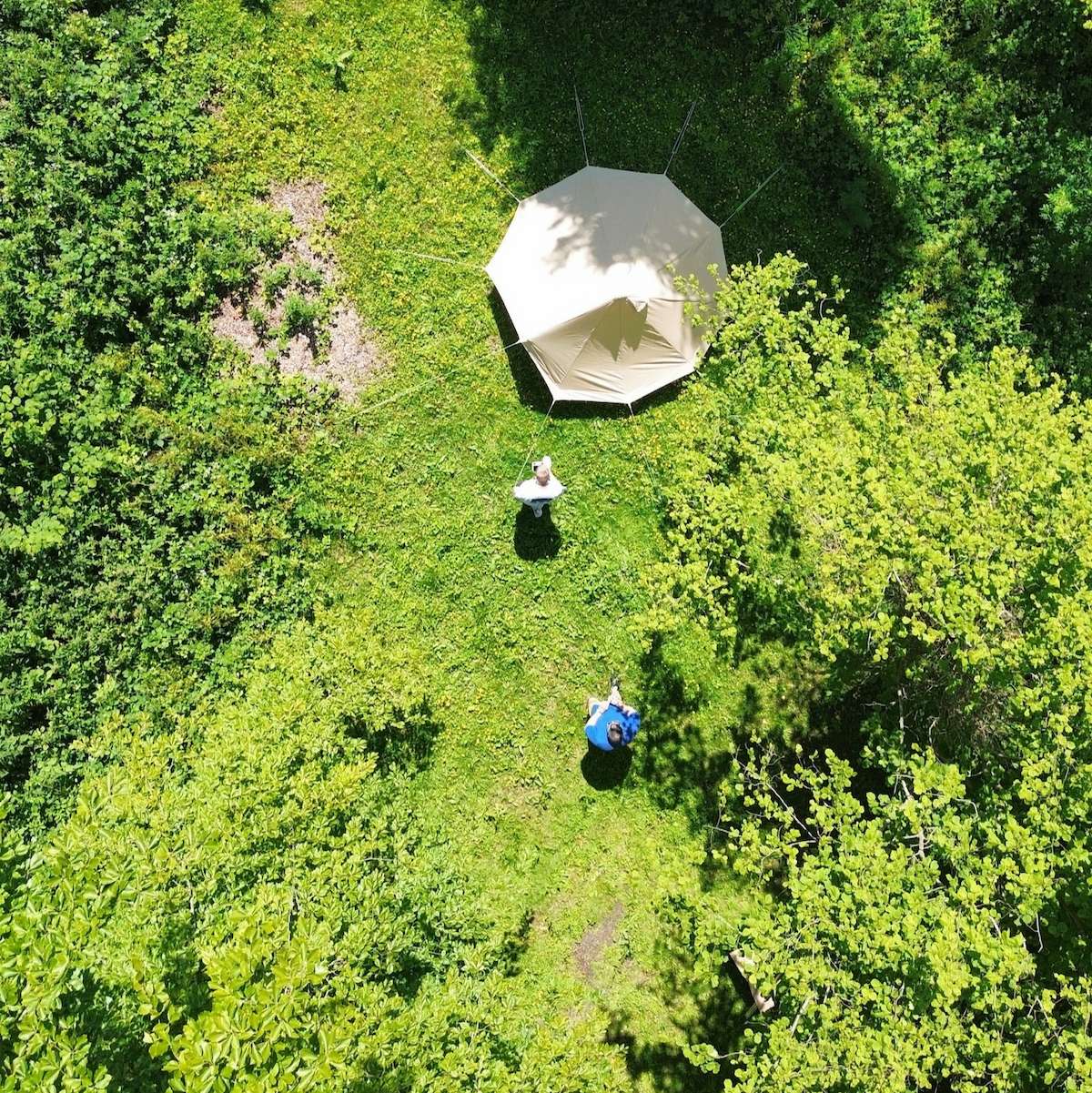


At Boho Bell Tent, we’ve helped hundreds of customers find the perfect setup for festivals, weddings, and off-grid escapes. So if you need any help at all, be sure to reach out!
Share:
How Glastonbury & Boardmasters Introduced Glamping With Bell Tents
What Is Glamping?